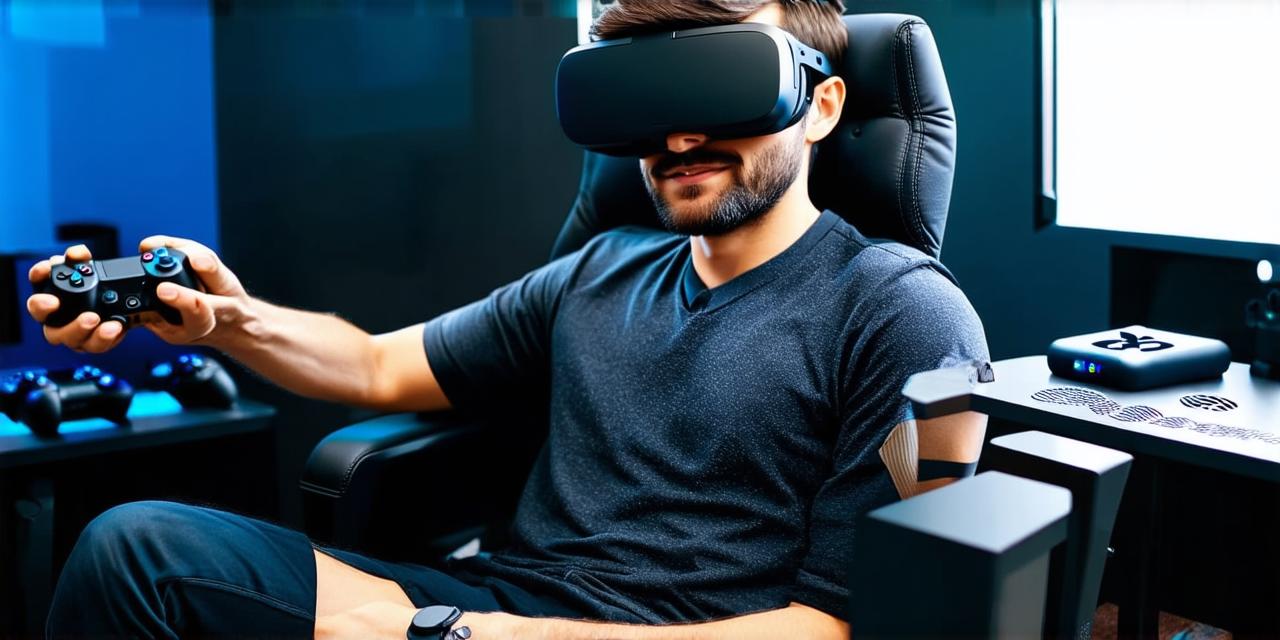Virtual reality (VR) is a rapidly evolving technology that has already shown great promise in a variety of applications, including gaming, entertainment, and education. However, one of the biggest barriers to widespread adoption of VR technology has been its high cost. In this article, we will explore when virtual reality may become affordable for consumers.
Cost of VR hardware

One of the main reasons why VR is currently so expensive is due to the cost of the hardware required to create an immersive and interactive experience. The most popular VR devices on the market, such as the Oculus Rift and HTC Vive, require high-end computers with powerful graphics cards and processors to run smoothly. These components can be quite expensive, driving up the overall cost of the device.
However, in recent years, there have been significant advancements in the field of VR hardware. For example, the Oculus Quest 2, which was released in 2020, is a standalone VR headset that can be used without a high-end PC. This device uses a more efficient processor and graphics card than its predecessors, making it significantly less expensive to produce.
Another factor that may contribute to the affordability of VR hardware in the future is the development of more advanced and energy-efficient components. As technology continues to improve, we can expect the cost of producing VR devices to decrease over time.
Cost of VR software and content
In addition to the cost of the hardware itself, another barrier to widespread adoption of VR is the cost of software and content. Many VR experiences require specialized programming skills and resources, which can drive up the cost of development and distribution.
However, as the VR market continues to grow, we are likely to see more investment in the development of affordable and accessible VR content. This could include free or low-cost educational and entertainment experiences that can be accessed by anyone with a VR headset.
Affordability for consumers
Given the advancements in VR hardware and software, it is likely that virtual reality will become more affordable for consumers over time. As technology improves and costs decrease, we can expect to see more consumer-friendly VR devices on the market at lower price points.
However, there are still some challenges to overcome before VR becomes truly accessible to everyone. For example, the cost of a high-quality VR headset can still be quite expensive for many consumers. Additionally, not everyone may have access to the necessary technology or infrastructure to use VR at home.
Conclusion
In conclusion, while virtual reality is already becoming more affordable due to advancements in hardware and software, there are still some barriers to widespread adoption that need to be overcome. As the market continues to grow and technology improves, we can expect VR to become more accessible and affordable for consumers. Whether you’re a gamer, an educator, or simply someone looking for a new way to experience reality, virtual reality is sure to have something for everyone in the future.



